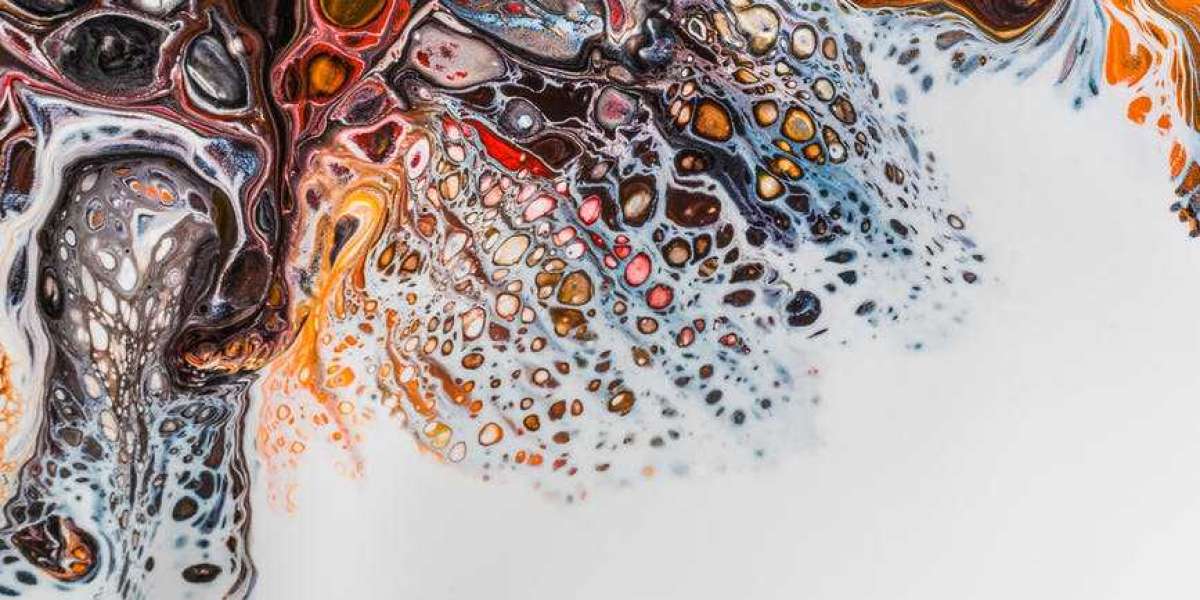The History of Leather Belts
Leather belts have a rich history that dates back thousands of years. Initially, they were practical items used for holding garments together and carrying tools. The ancient Egyptians, Romans, and Greeks all wore belts, often made of leather, which showcased their social status and wealth. Over time, as fashion evolved, leather belts transitioned from mere functional items to fashionable accessories. Today, they come in various styles, colors, and finishes, catering to diverse tastes and preferences.
Types of Leather Used in Belts
When selecting a leather belt, it is essential to understand the different types of leather available. Full-grain leather is considered the highest quality, made from the top layer of the hide, retaining its natural texture and strength. Top-grain leather is slightly less durable but offers a smooth finish. Genuine leather, while more affordable, may not provide the same level of durability or quality. Understanding these differences can help you make an informed choice when purchasing a leather belt.
Styles of Leather Belts
Leather belts come in various styles to suit different occasions. Casual belts are often wider and may feature unique designs or stitching. Dress belts, typically narrower and made from finer leather, are ideal for formal settings. Utility belts are more rugged and designed for practical use, often featuring additional loops or pouches. Furthermore, some belts incorporate unique details such as embossed patterns or decorative buckles, allowing you to express your personal style.
The Importance of Proper Fit
The fit of a leather belt is crucial for both comfort and aesthetics. A well-fitted belt should sit comfortably on your waist without being too tight or too loose. The general rule of thumb is to choose a belt size that is one size larger than your pant size. When trying on a belt, ensure that the prong of the buckle fits comfortably into the desired hole without excessive pulling. Proper fit not only enhances your comfort but also ensures a polished appearance.
Choosing the Right Buckle
The buckle is an integral part of a leather belt that can significantly impact its overall look. Traditional prong buckles are classic and versatile, while modern slide buckles offer a more streamlined appearance. Some belts feature unique or decorative buckles that can serve as focal points in an outfit. When choosing a buckle, consider the occasion and the overall style you want to achieve. A well-chosen buckle can elevate your leather belt from ordinary to extraordinary.
Caring for Your Leather Belt
Proper care is essential to maintain the quality and longevity of your leather belt. Regularly clean your belt using a soft, damp cloth to remove dirt and dust. For deeper cleaning, use a leather cleaner designed specifically for leather goods. Conditioning your belt every few months can help keep the leather supple and prevent cracking. Additionally, store your belt in a cool, dry place away from direct sunlight to avoid discoloration and damage.
The Benefits of Wearing a Leather Belt
Wearing a leather belt offers numerous benefits beyond just holding up your pants. A quality leather belt can enhance your outfit, providing a polished and put-together appearance. Leather belts are also incredibly durable, often lasting for years with proper care. They can complement a variety of outfits, from casual jeans to formal suits, making them a versatile accessory. Additionally, investing in a high-quality leather belt can be a wise fashion choice, as it rarely goes out of style.
Leather Belt vs. Fabric Belt
While both leather and fabric belts serve the same fundamental purpose, they offer different advantages. Leather belts are more durable and resistant to wear and tear, making them suitable for daily use. In contrast, fabric belts tend to be lighter and often more affordable, making them a good option for casual or summer outfits. Ultimately, the choice between a leather belt and a fabric belt depends on your personal style and the occasions for which you are dressing.
How to Style a Leather Belt
Styling a leather belt can significantly impact your overall look. For casual outfits, pairing a leather belt with jeans and a fitted shirt creates a timeless appearance. For formal occasions, a sleek leather dress belt with dress pants or a suit is ideal. Additionally, consider contrasting the color of your belt with your shoes for a coordinated yet stylish effect. Experimenting with different styles and outfits can help you discover how to best incorporate a leather belt into your wardrobe.
The Environmental Impact of Leather Production
Leather production has a notable environmental impact, particularly regarding resource usage and waste. Sustainable leather options are becoming increasingly popular as consumers become more aware of environmental issues. These alternatives may include vegetable-tanned leather or recycled leather, which have a lower environmental footprint. When purchasing a leather belt, consider choosing brands that prioritize sustainability and ethical practices in their production processes.
Customizing Your Leather Belt
Customizing a leather belt can make it a unique piece that reflects your personality. Many companies offer customization options such as monogramming, embossing, or choosing specific colors and finishes. A customized leather belt can serve as a meaningful gift or a personal statement piece. Additionally, some artisans create bespoke belts tailored to your specifications, ensuring a perfect fit and style.
The Cost of Quality Leather Belts
The price of leather belts can vary widely depending on the quality of the leather, craftsmanship, and brand. While it might be tempting to opt for cheaper options, investing in a high-quality leather belt can be more economical in the long run. A well-made leather belt not only looks better but also lasts longer, saving you money on replacements. Consider your budget and how often you plan to wear the belt when making a purchase.
Where to Buy Leather Belts
Leather belts can be found in various places, from department stores to specialty boutiques and online retailers. When shopping for a leather belt, it’s essential to consider the reputation of the retailer and the quality of their products. Look for brands known for their craftsmanship and customer satisfaction. Reading reviews and asking for recommendations can also help you make an informed decision.
FAQs
What should I look for when buying a leather belt?
When buying a leather belt, consider the type of leather, style, fit, and buckle. Ensure the belt matches your wardrobe and is suitable for the occasions you plan to wear it.
How do I clean my leather belt?
To clean your leather belt, use a damp cloth to wipe away dust and dirt. For deeper cleaning, apply a leather cleaner specifically designed for leather goods.
How can I tell if a leather belt is of good quality?
High-quality leather belts are typically made from full-grain or top-grain leather, have sturdy stitching, and feature a durable buckle. Check for signs of craftsmanship and overall durability.
Can leather belts be repaired?
Yes, many leather belts can be repaired, including replacing buckles or fixing cracks. It’s often best to take your belt to a professional leather repair service for extensive damage.
What are some tips for storing leather belts?
Store leather belts in a cool, dry place away from direct sunlight to prevent discoloration. Hanging them or rolling them can help maintain their shape and prevent creasing.








